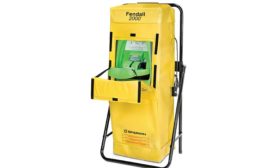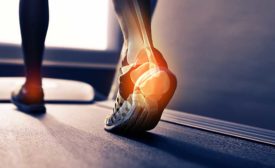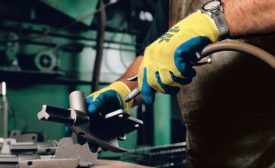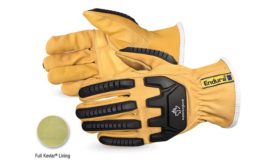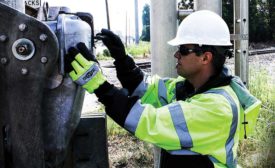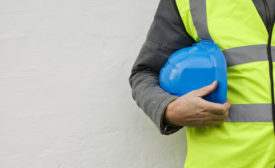Featured on Home Page
Attention to attenuation
Read More
How to identify safe and effective emergency eyewash
Avoid hidden dangers
February 1, 2017
What you need to know about selecting lightweight footwear
Taking care of tired feet
February 1, 2017
Hand Protection instruction & training should be standard procedure
Beyond glove performance
February 1, 2017
International Glove Association's 2017 Glove Symposium
March 19-21, Tucson, AZ
February 1, 2017
Cut-resistant sleeves evaluated for respiratory hazards
Shedding fibers a cause for concern
February 1, 2017
How to avoid frostbite and other winter perils
Get a handle on the weather
February 1, 2017
Assess hazards, worker likes & dislikes & current usage
Evaluate your hand protection needs
February 1, 2017
Become a Leader in Safety Culture
Build your knowledge with ISHN, covering key safety, health and industrial hygiene news, products, and trends.
JOIN TODAYCopyright ©2025. All Rights Reserved BNP Media.
Design, CMS, Hosting & Web Development :: ePublishing

